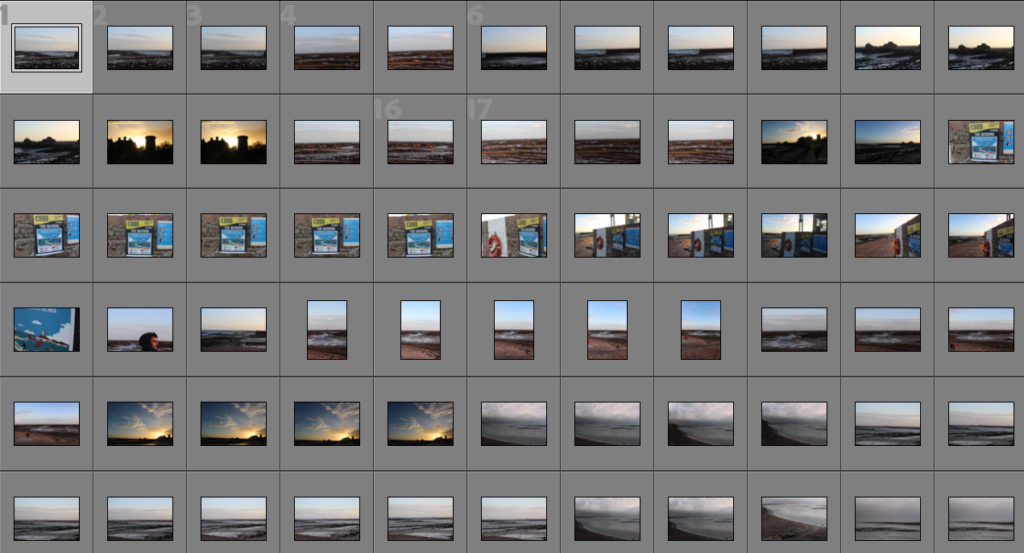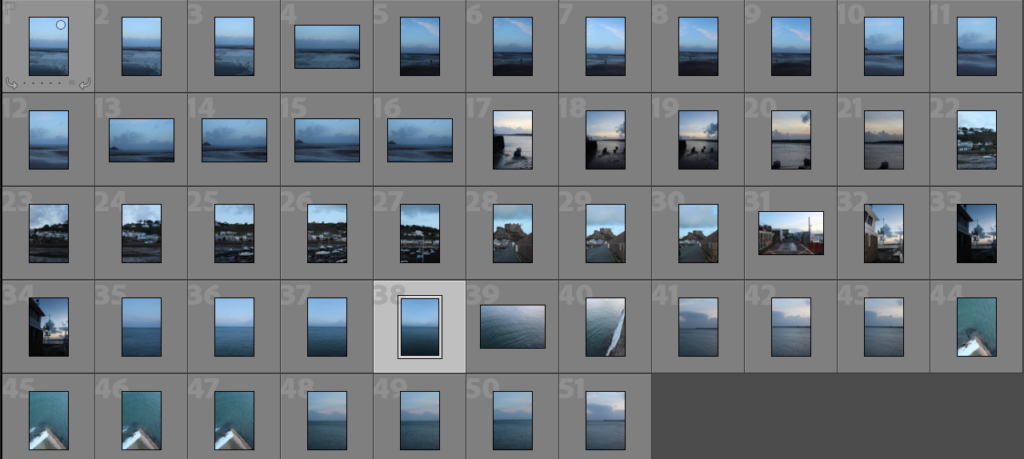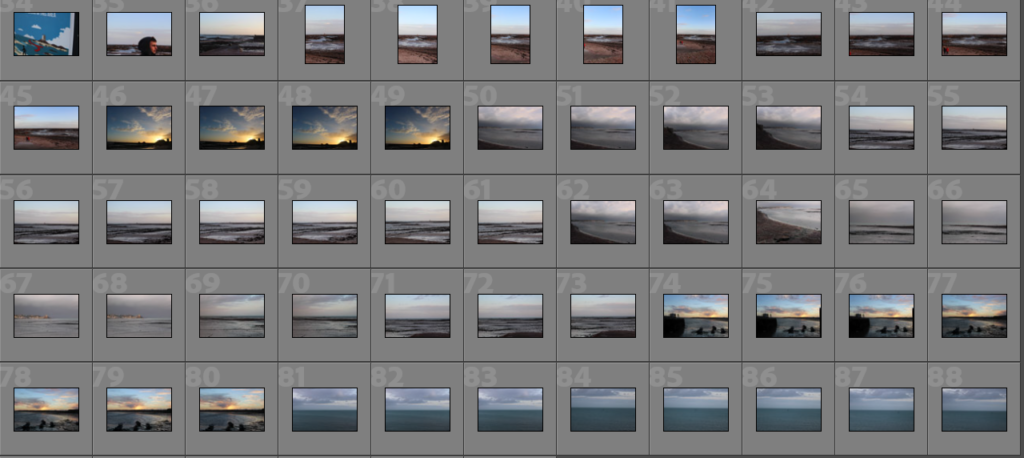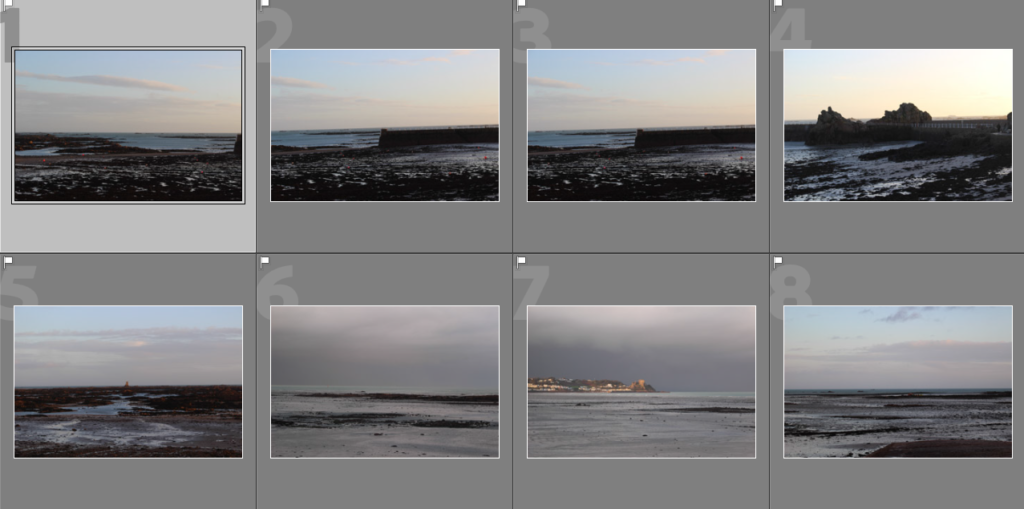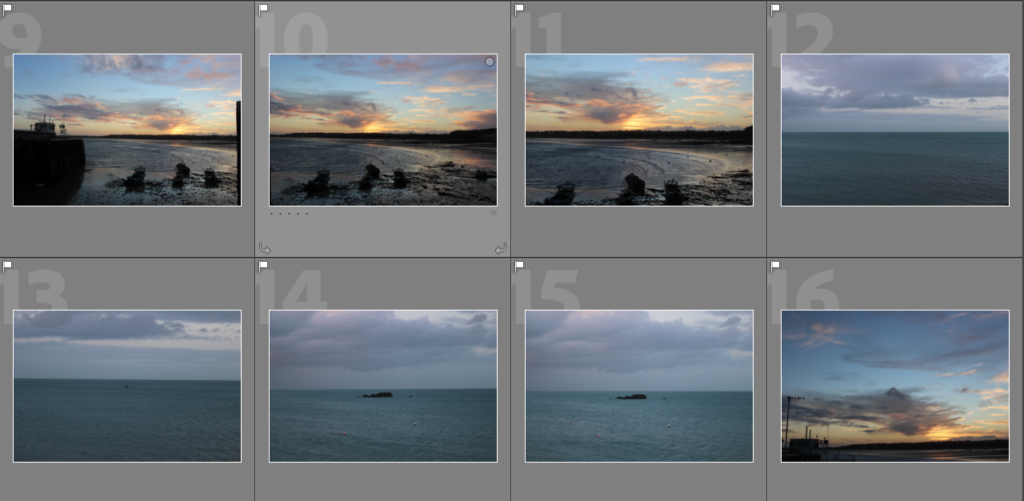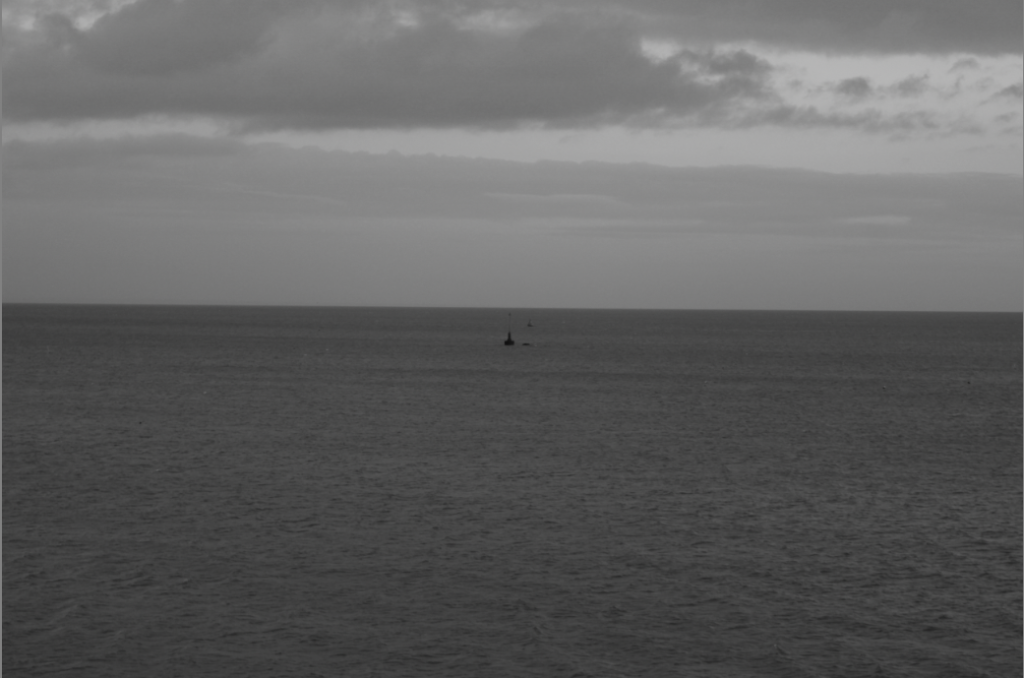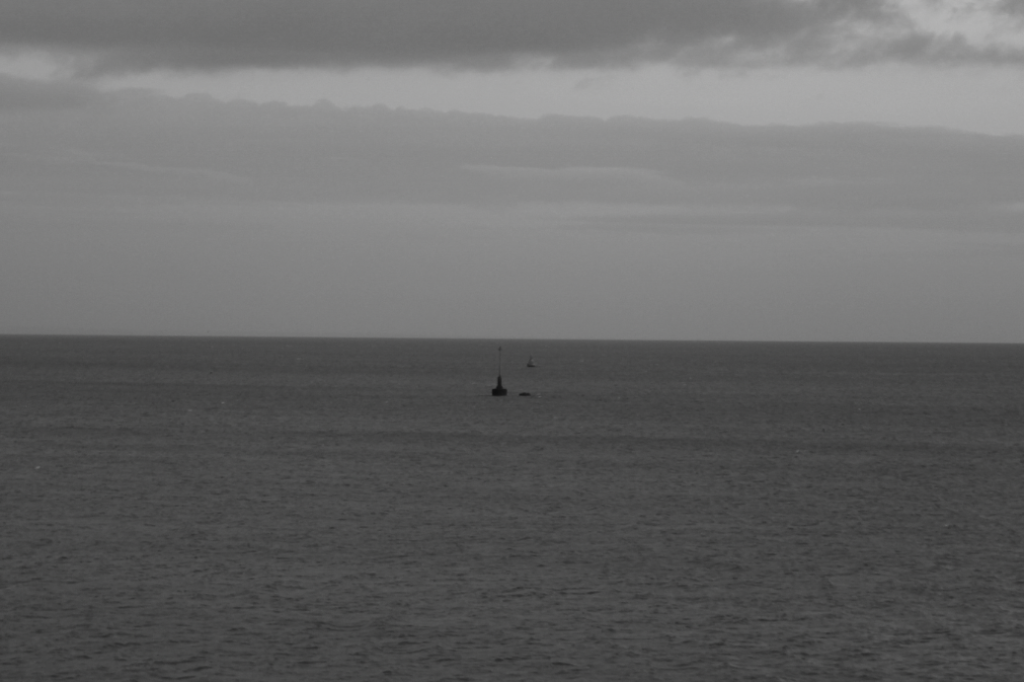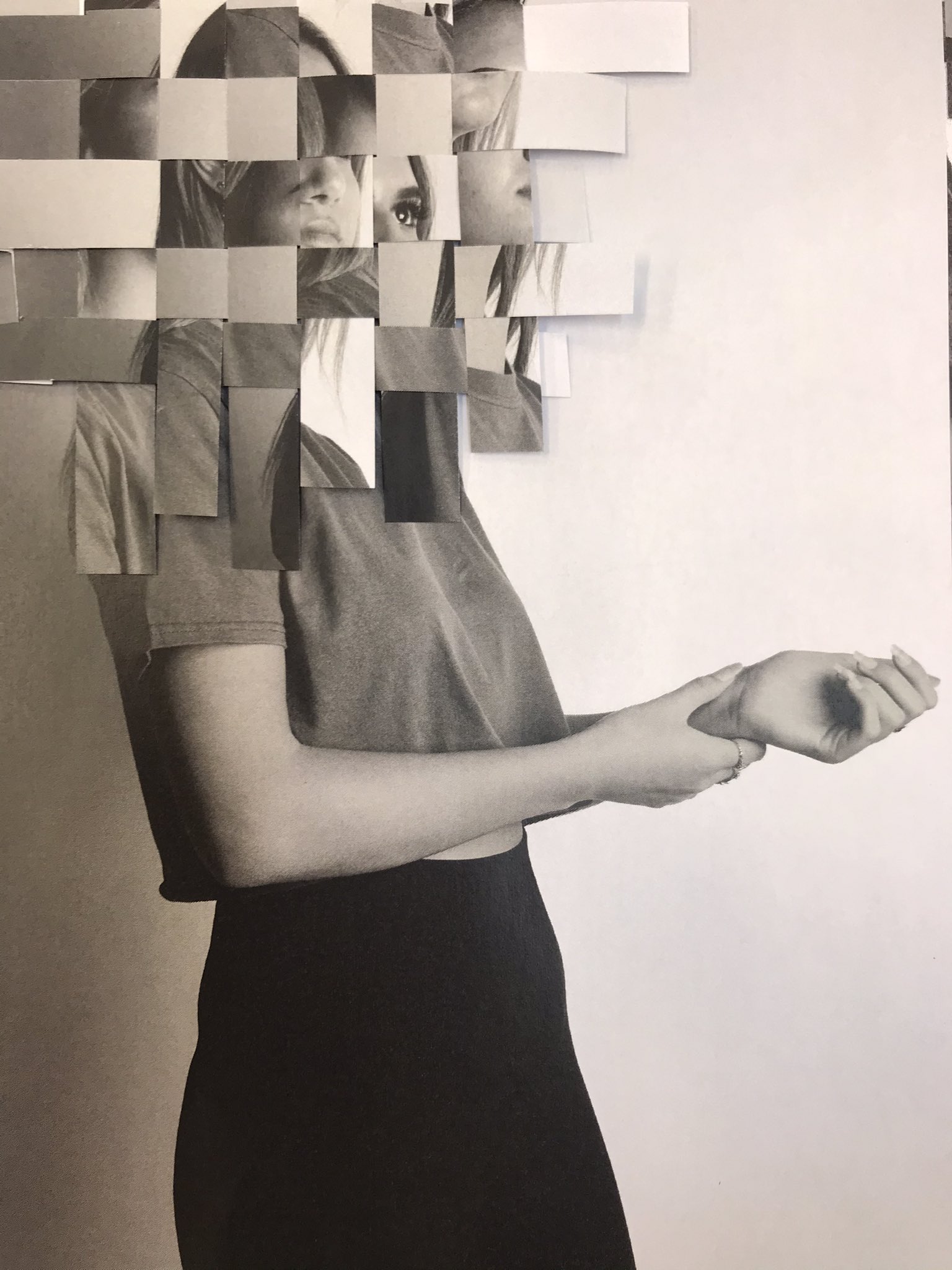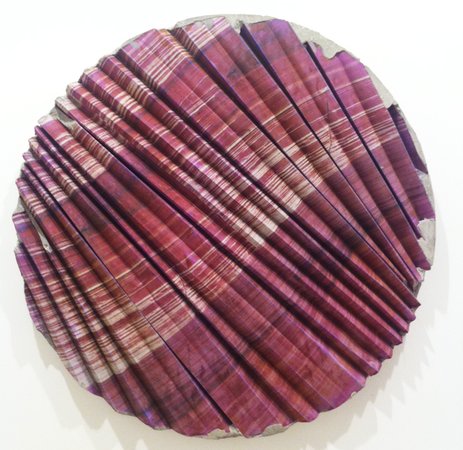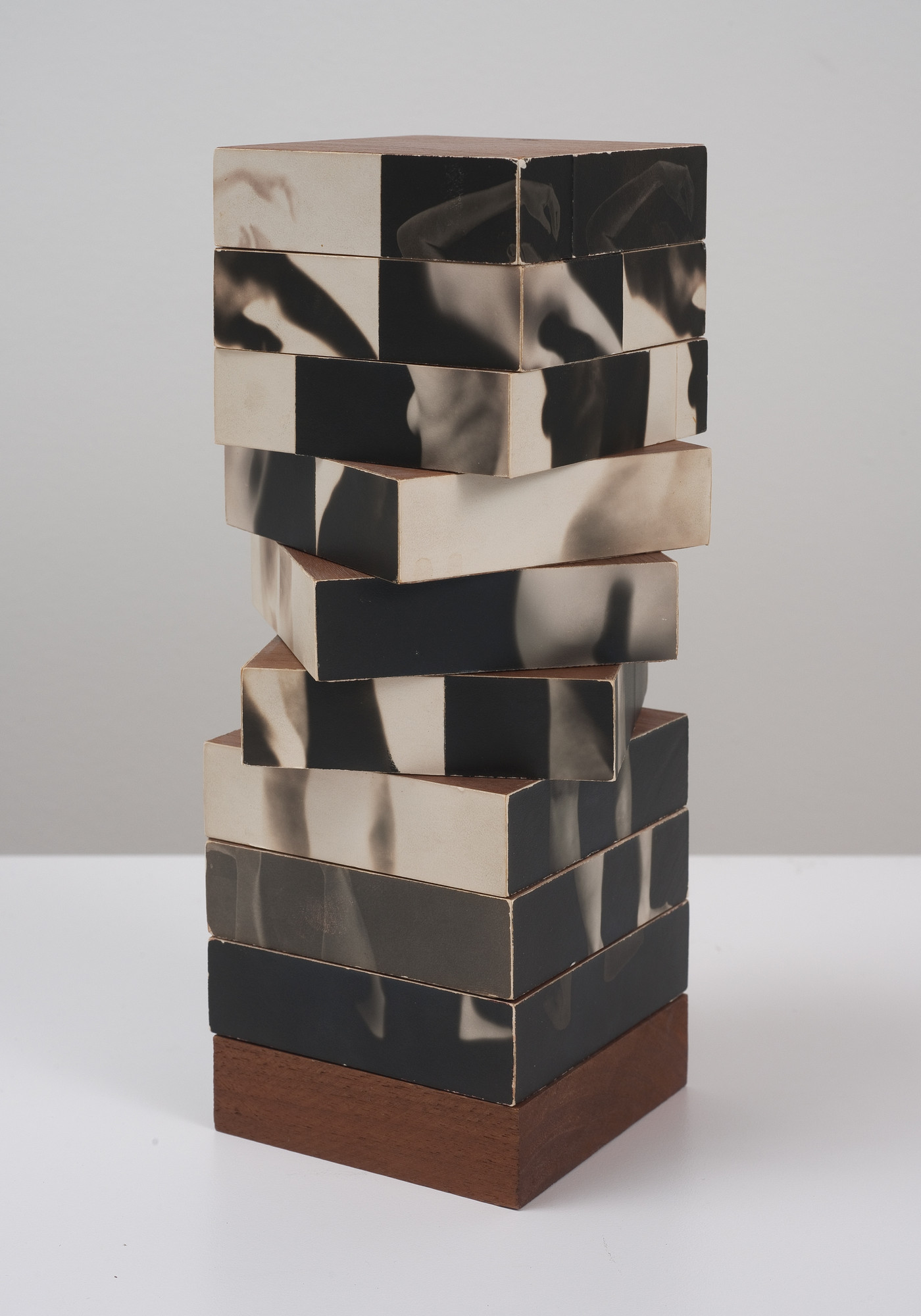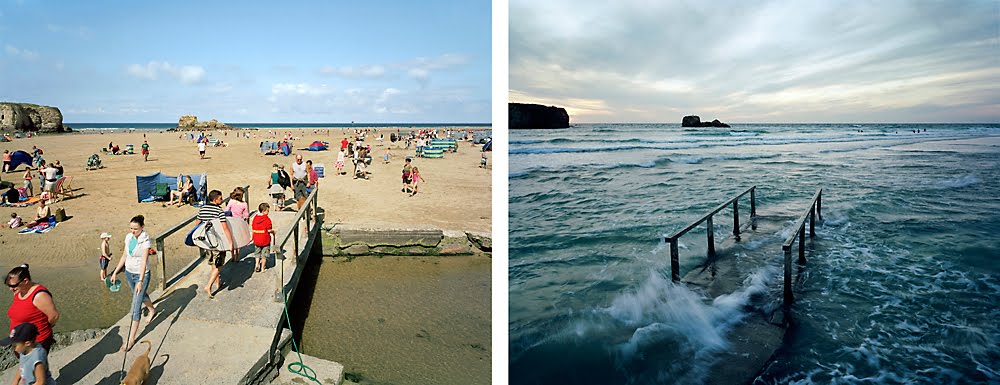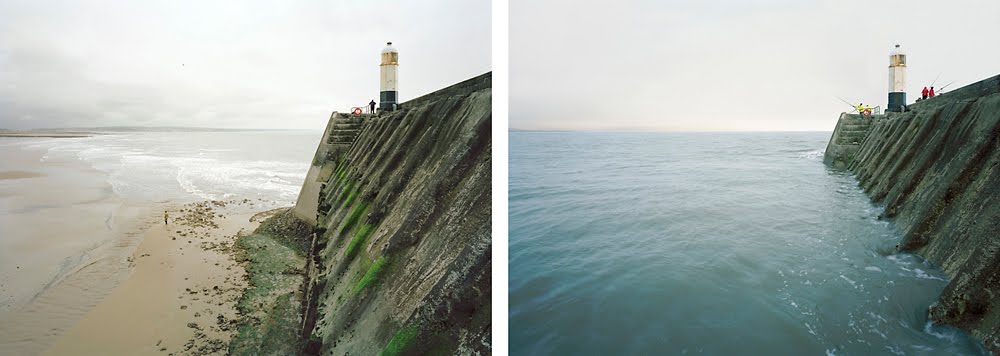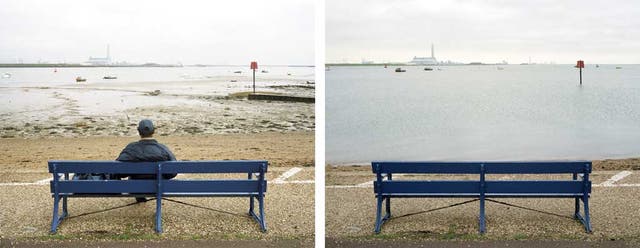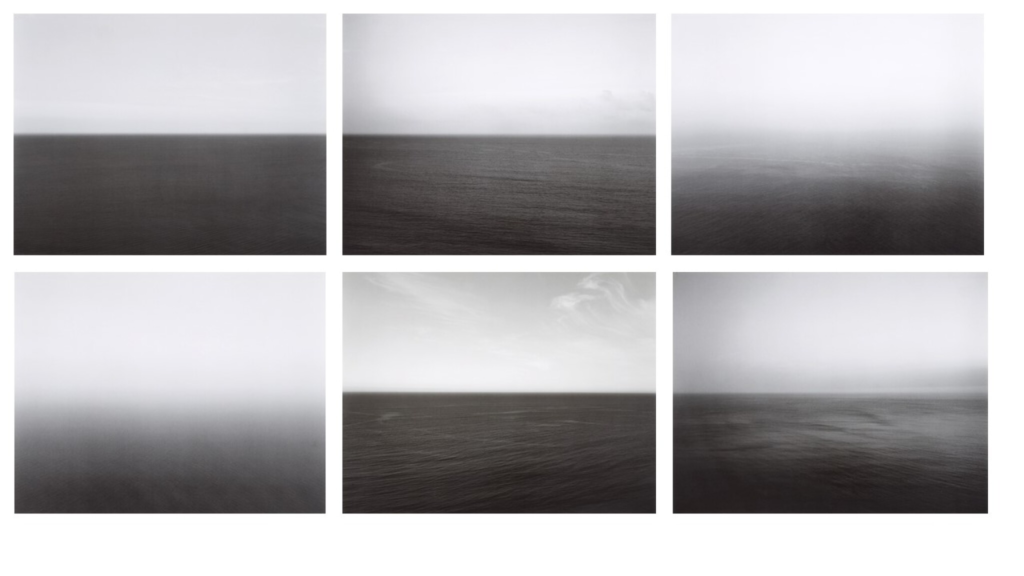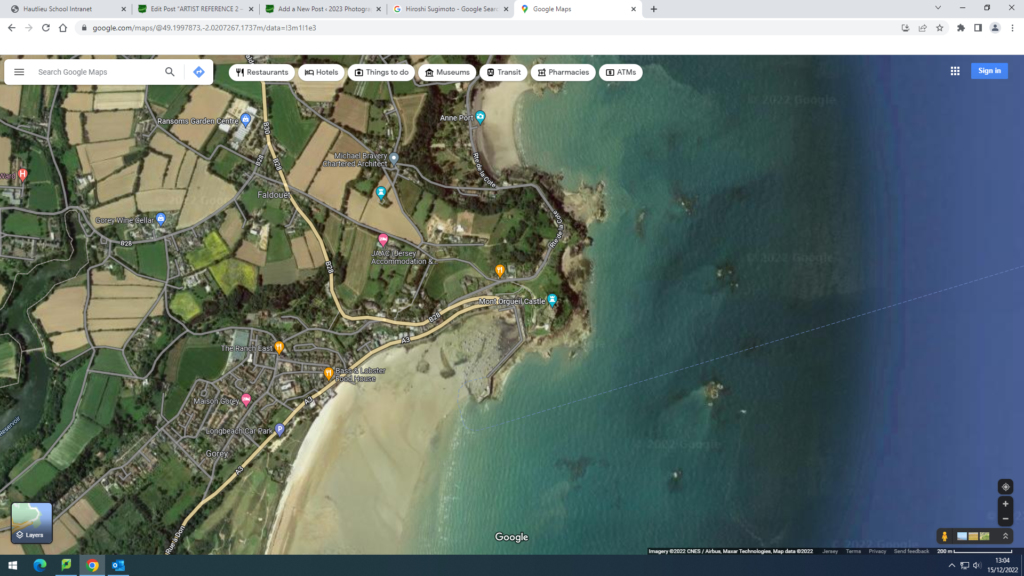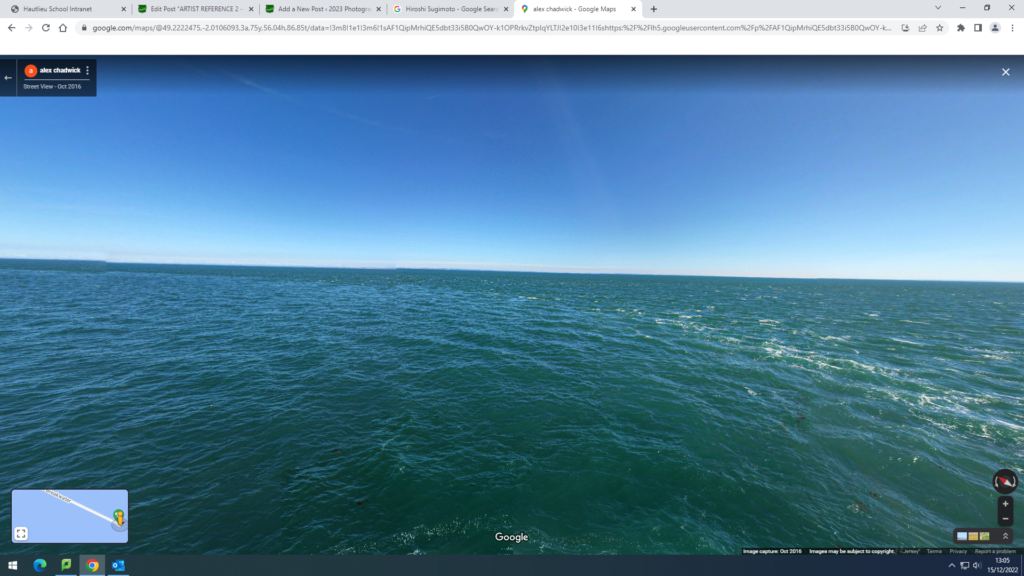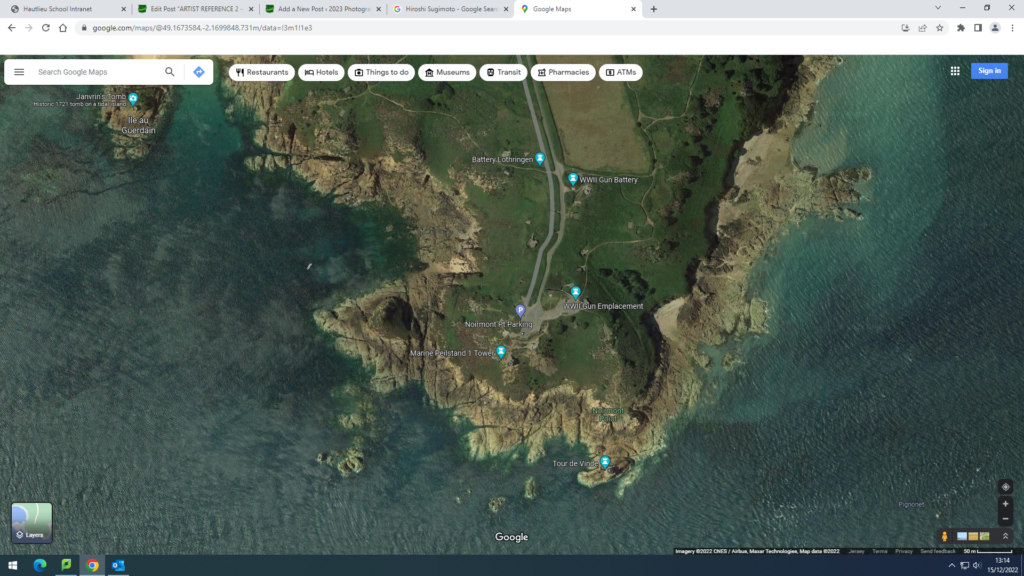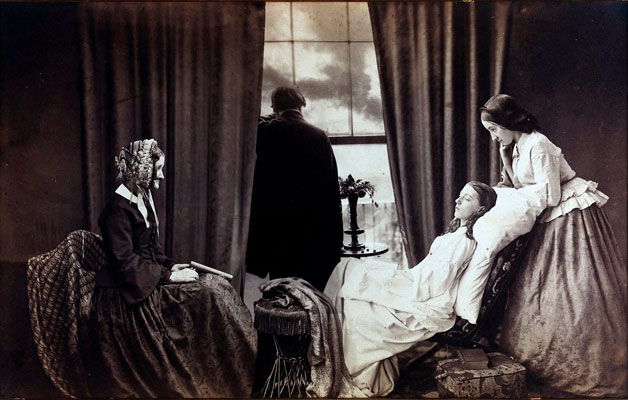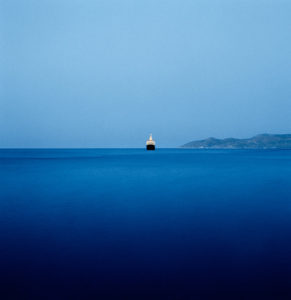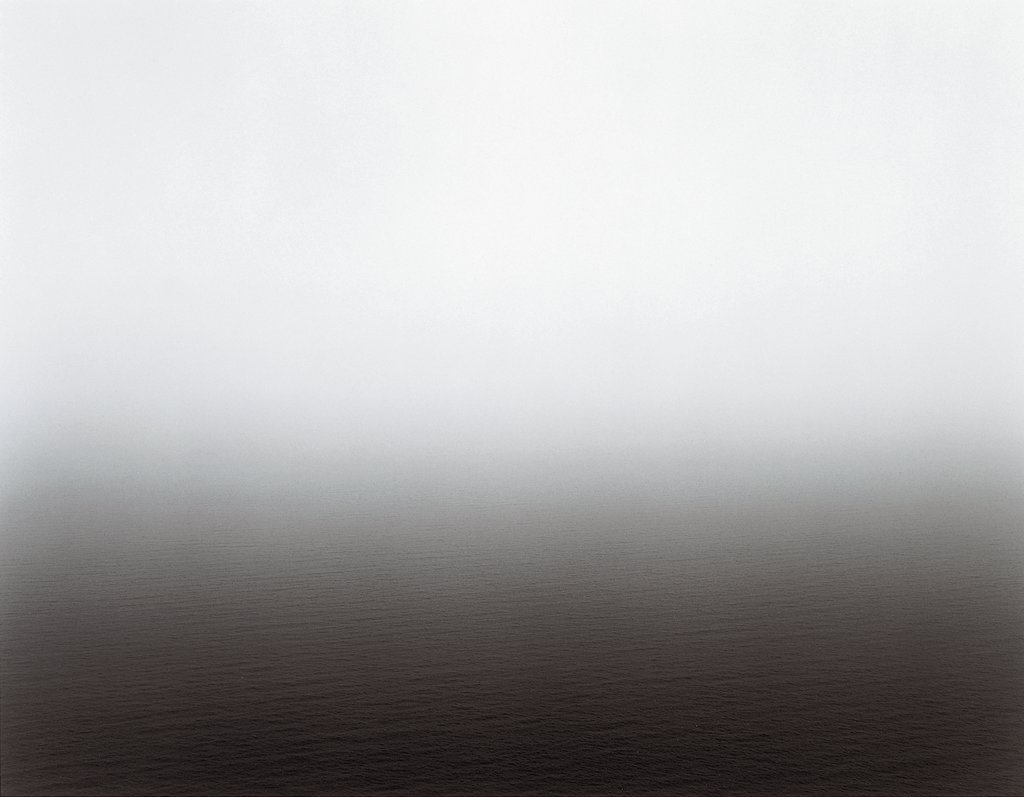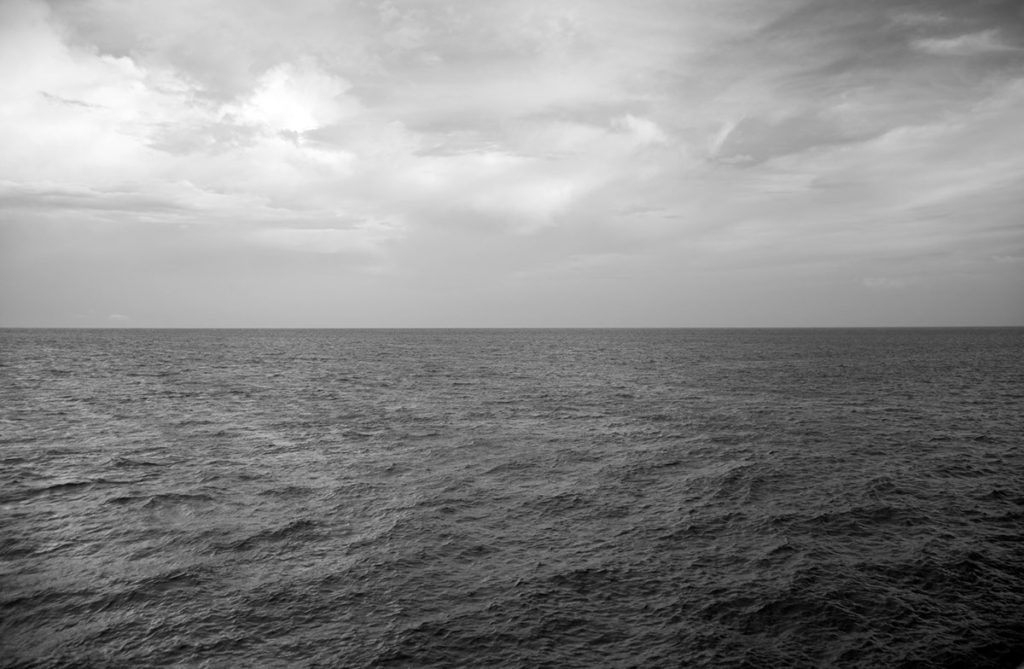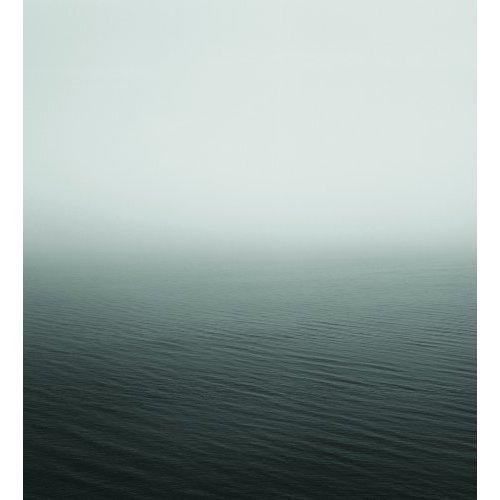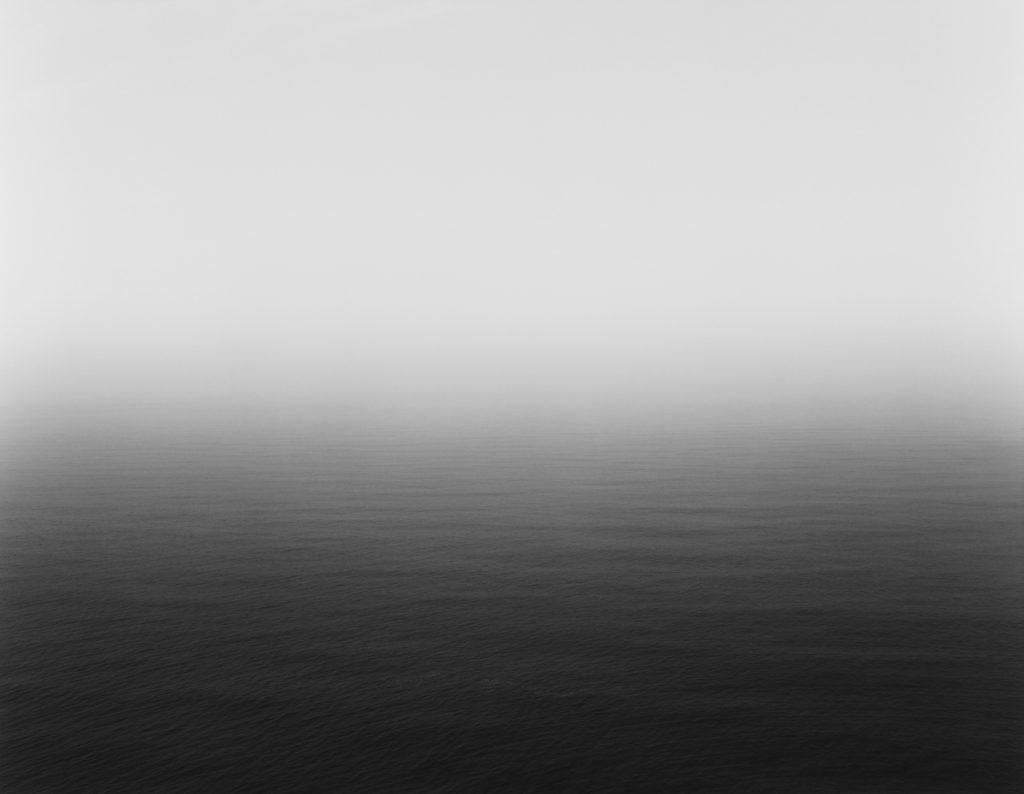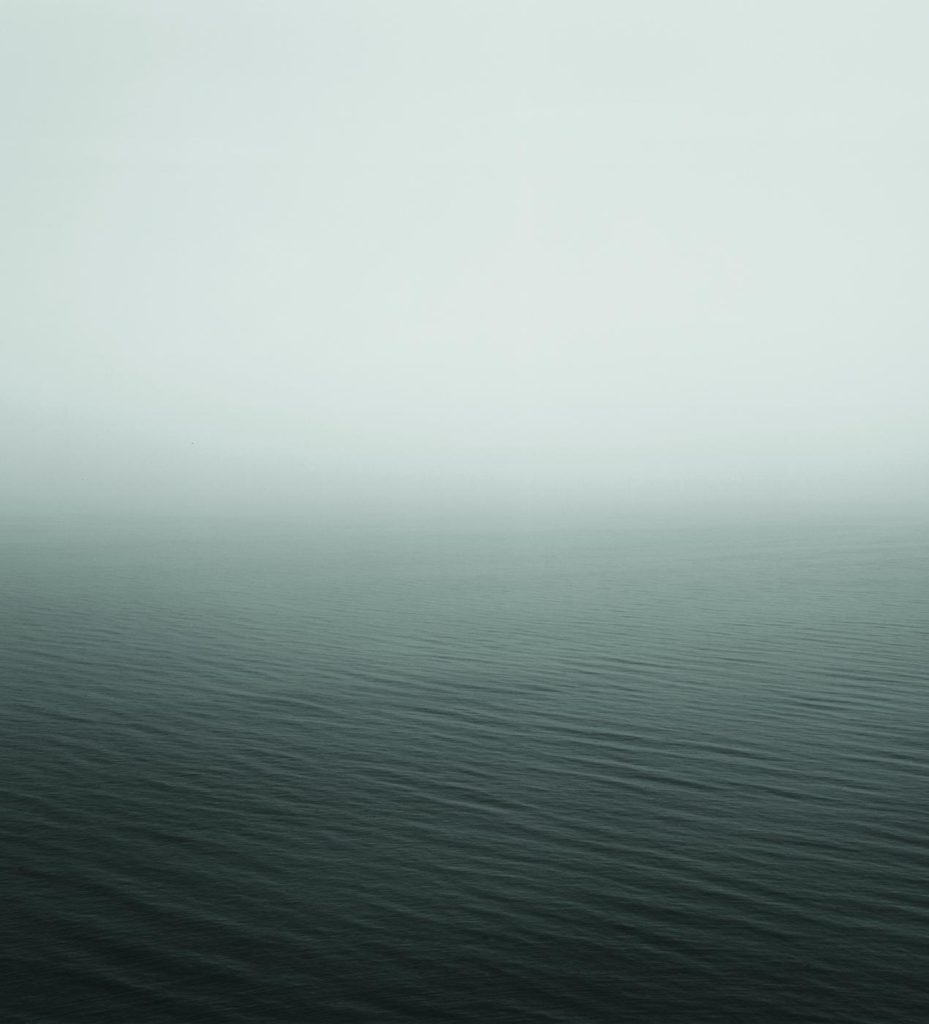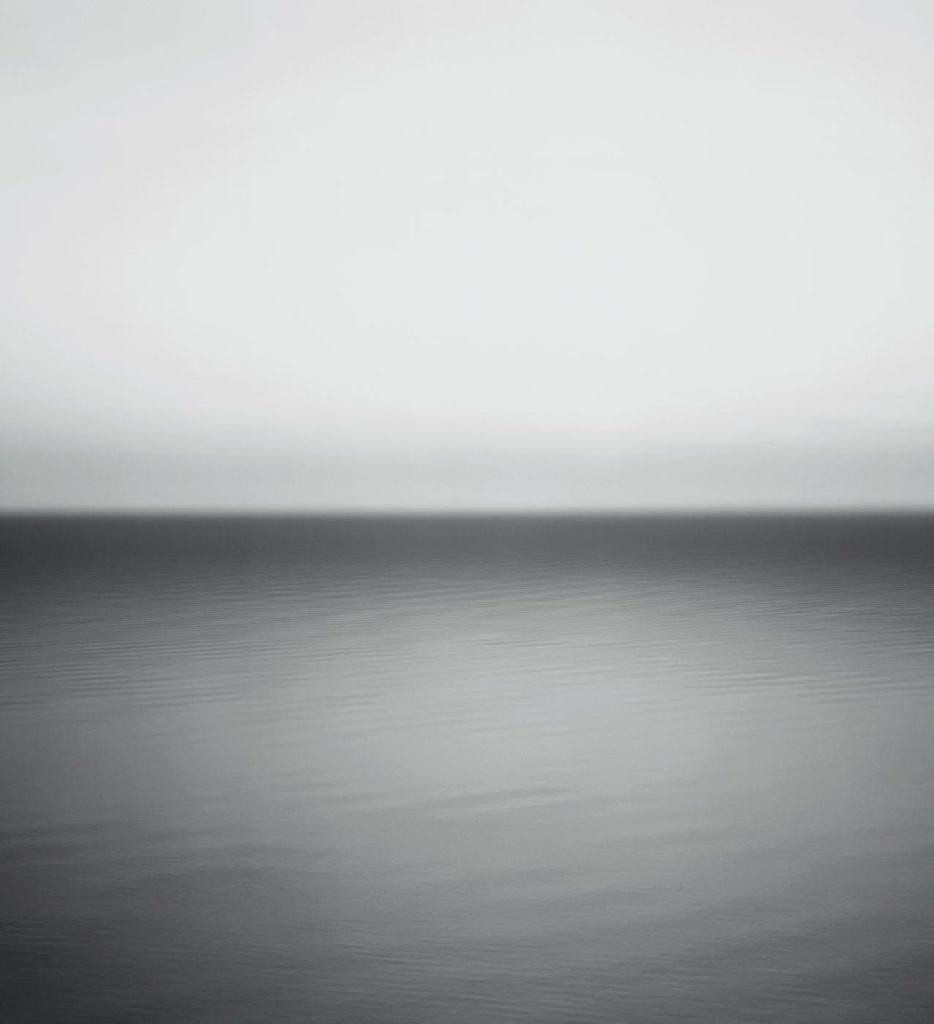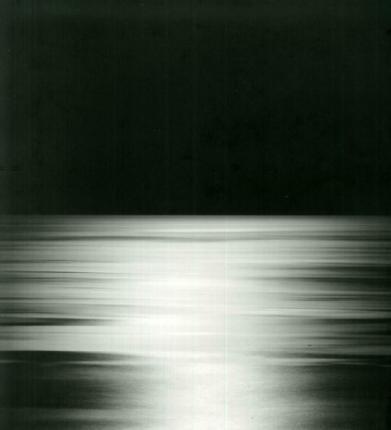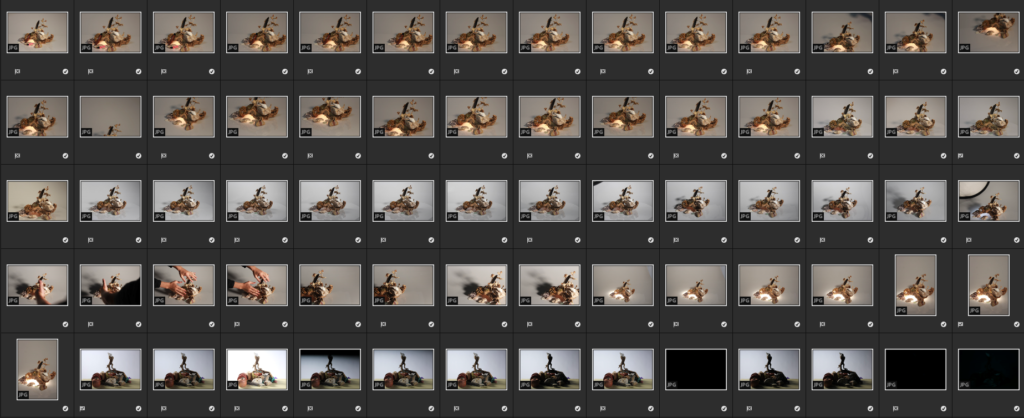

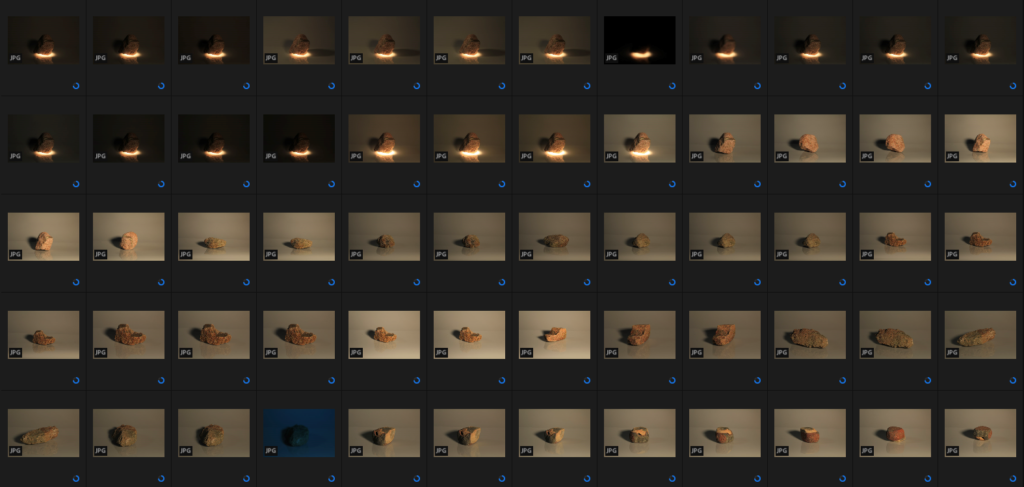
We did this photoshoot inspired by early 17th-century styles of photography. Still-life “art” can be a celebration of the material joys of life, or conversely a memento mori, expressing the temporality of human life and material pleasures. The wonderful thing about still-life art is that depending on the objects and the cultural contexts they draw from, each still-life art form will take on a unique meaning. Still-life art has existed from the 17th century until the modern-day, but in the 19th century, artists adopted photography as a new medium for still-life art, to express their concepts in a novel format, and thus the still-life photo was born.
We used the photography studio to take a variety of still-life images of objects relating to the ‘My Rock’ project such as rocks, shells, seaweed, etc we could combine with previous photoshoots later on. We used two different types of lighting (flashed lighting and still lighting) alongside varying backgrounds in order to experiment with the intensity of the lights and accentuate the quality of each image along with pairing each object composition with a backdrop that would allow the details the emerge within the image- essentially giving the subjects a stage.

